How to Get Stronger at Home
How to get stronger at home without weights or fancy equipment
Overwhelmed. Intimidated. Discouraged. These are the feelings I hear from people when they talk about trying to find the right home workout routine. Overwhelmed by the amount of information and advice they find. Intimidated by the types of workouts and exercises they’re seeing, many of which make them worry about pain or injury. And discouraged by the fact that so many strength-building workouts they see online or on tv are geared toward super fit people who are already experienced athletes. This is why I’m passionate about movement systems like Pilates.
Building strength based on your individual needs
One of the reasons that I fell in love with Pilates (a love affair that started more than 20 years ago!) is its central focus on how the whole body works and your individual movement needs. Exercise programs and strength-training routines should be designed to fit you, not the other way around. I’ve always found it strange that so much of today’s health and fitness culture relies on people fitting a pre-packaged workout routine or devoting themselves to a specific diet.
Here’s what I say to that: Your body is a self-sufficient miracle and is already working the way it needs to. Your heart is beating, your lungs are filling with oxygen, and your internal systems are engaging in the many regenerative processes for which they’re designed.
Understanding some basic things about how your body works is the most important first step in starting any new strength-building routine. For example, nearly every client I’ve ever worked with has asked me what the best ab workout is. And here’s what I tell them: breathing. If you are breathing as you should be, with ease and balance, your abdominal muscles are working.
Once you shift your focus to understanding a bit about how your own body works, then the way you approach starting a new workout routine becomes a lot easier. Because it’s all about listening to your own body and thinking about how your lifestyle and day-to-day activities affect the way you feel. In general, there are three characteristics of a successful home strength-training routine that I like to emphasize: consistency, progression, and balance. But first, let’s talk a little bit about why building strength specifically is so important for your health at all stages of life.
Health benefits of Pilates and strength-training at home
The price of a healthy body and personal wellness is hard to pinpoint because, in a way, health is defined by the absence of illness or injury. And this gets even more true as we age. Many people have a hard time wrapping their minds around the idea of building strength later in life because we so often associate the word with youth and athletic training. But in reality, strength is a critical component of aging well and as we get older we have to work a lot harder (and smarter) for it.
Continuing to move your body in ways that promote strength, stability, and flexibility should be the foundation for any new workout routine. But, again, understanding a little bit about how your body works is essential for getting started. Developing a better understanding of your unique musculoskeletal system, for example, can help you address and eliminate a lot of the aches and pains that stem from daily activities like sitting at a desk, sleeping on a not-so-great mattress, or spending a Saturday doing a lot of yard work.
Smaller movements = bigger whole body impact
Our culture has a habit of emphasizing big movements, big muscles, big workouts, and so on. But it’s those little muscles, those little movements, and those smaller, more mindful exercises that often have the biggest impact on our bodies and health. An intricate web of connective tissue called fascia runs throughout our bodies, holding everything in place (organs, bones, muscles, etc.), reacting to the positive and negative input we provide our bodies with every day, and ultimately informing all of our movement.
Stress, uneven movements, or awkward body positions (hunched over our phones or laptops for example) can cause our fascia to tense up and get snagged in different spots; while slowing down, breathing more deeply, and bringing a level of mental awareness to our movement can help release that tense tissue and bring back some balance. When we think about exercise and movement in terms of our fascia and the interconnectedness of our bodies, rather than just working big muscles or stretching them to get more flexible, we can create more effective workout routines that offer a bigger, long-term impact.
Paying more attention to our fascia and trying to bring more balance to that web of connective tissue running throughout our bodies is also critical for preventing injuries. Movement systems like Pilates are designed to do just that. But, more than anything, approaching strength-training and exercise from a more informed and mindful place is essential because it gives us the energy and freedom to do the things we love to do. For me, Pilates has given me the tools to ensure that I am always mobile and strong enough to do the things that bring me joy.
How to start a consistent home workout routine
Building strength is not about spending an hour here or two hours there doing big, hard, explosive exercises that leave you exhausted and sore. To build muscle, you need to find a starting point that works for you and do that movement consistently every day, even if it’s just for 15-20 minutes.
At MOVE Wellness, we offer several gentle beginner level Pilates classes that give you some initial guidance and routines to get you moving. This easy 15-minute morning routine is a great option if you’re not sure where you want to start. Regardless of what you decide to do, the goal should be to establish a new movement habit that you can incorporate into your daily routine. That means that it should be enjoyable and customized for you, otherwise it’s going to be hard to maintain long-term.
Along those same lines, fancy equipment and perfect form are not things you need to get stronger and healthier at home. Let me say that again: No fancy gym equipment or perfect Instagram-worthy poses needed! For people who take our livestream classes, we’ve even got a list of “prop swaps” you can find at home for some of the equipment or tools you might normally use in a studio or gym setting. Don’t have hand weights? Grab some canned beans! Don’t have a head pad or Yoga block? Grab a book from your bookshelf.
With any Pilates exercise, the goal shouldn’t be to look exactly like the instructor does or like the seemingly flawless exercise enthusiasts flooding our news and social media these days. The goal is to have you safely engage in that movement in whatever range your body will allow, and then progress from there in ways that allow you to own that movement and experience joy and confidence in doing so.
How to increase body strength at home
Mat Pilates is one of the most popular and effective ways to build strength at home because it allows you to use your own body weight and natural movements in training. At some point in time, building muscle became all about doing “leg days” or “upper body days” and eating this much protein and that much fat this many times a day. But the good news is, building body strength doesn’t have to be that prescriptive or oddly specific, and for the most part, really shouldn’t be.
When you think about gaining strength, you want to think about whole-body strength. Not working out one specific muscle or muscle group, but instead moving your body through it’s normal planes of movement and building strength through your center. This means understanding how your spine alignment works, learning that engaging your core isn’t just about tightening your abs, and being assured that nothing you’re doing should hurt or feel bad.
Your own body weight is usually all you need to get started with Pilates. Then, once you’ve developed some comfort and familiarity, you can increase progression by adding props like resistance bands or weighted balls (or prop swaps).
3 tips for successful strength-training at home
#1: Start small
We love simple movements and exercise modifications in Pilates because it allows you to customize workouts for your skill level and comfort. For example, don’t feel pressured to start with hand weights or resistance bands. Just using your own body weight and learning to move freely through different ranges of motion first is not only ok, it’s often the better way to begin. If you want to establish a routine that you can both maintain and benefit from, the focus should be on performing movements correctly and fully, not with excessive amounts of weight or resistance.
#2: Keep it slow and steady
Yes, moving fast and getting our heart rate up can provide a great cardiovascular workout, but it’s the quickest path to injury if you’re not moving correctly and fluidly. Remember, you’re creating a new routine and developing new habits, not transforming yourself into an entirely different human being overnight. Moving slowly and thoughtfully allows us to establish a healthy routine we’re more likely to maintain and grow over time.
#3: Consistency is key
Like I mentioned before, 15-20 minutes of movement each day is better than an intense hour-long workout one or two days per week. Make your strength-building routine part of your everyday life, not an additional difficult, time-consuming task that you’ll end up dreading or not having time for.
Moving with ease is a basic human necessity. Exercise and strength-training should always be driven by a desire to move and feel better, not look better. When we focus on physical appearance rather than feeling and health, we fall into the trap of not listening to our bodies and letting discomfort and pain turn into injury and chronic mobility issues.
Whether you decide to try an in-person or livestream class through a studio like ours or just start incorporating new movement practices into your daily routine at home, be sure to take note of how your body feels and ask lots of questions.
You Can Start Now
Looking for a guided, approachable way to get started with movement? Movement Essentials: Getting Started with Pilates is now available at MOVE On Demand and may be right for you. This is a complete 28-day program designed to safely introduce you to Pilates and keep you on track as you build a routine. Each week Elaine Economou will cover the basic principles of Pilates with a consistent warm up, weekly classes, and a variety of special topics to enhance your journey. And, it comes with an easy to follow calendar that will guide you through the progression and prepare you for a lifetime of healthy movement. Watch the program trailer to learn more.
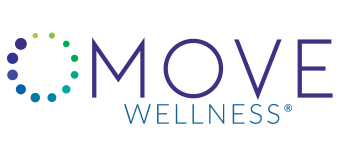
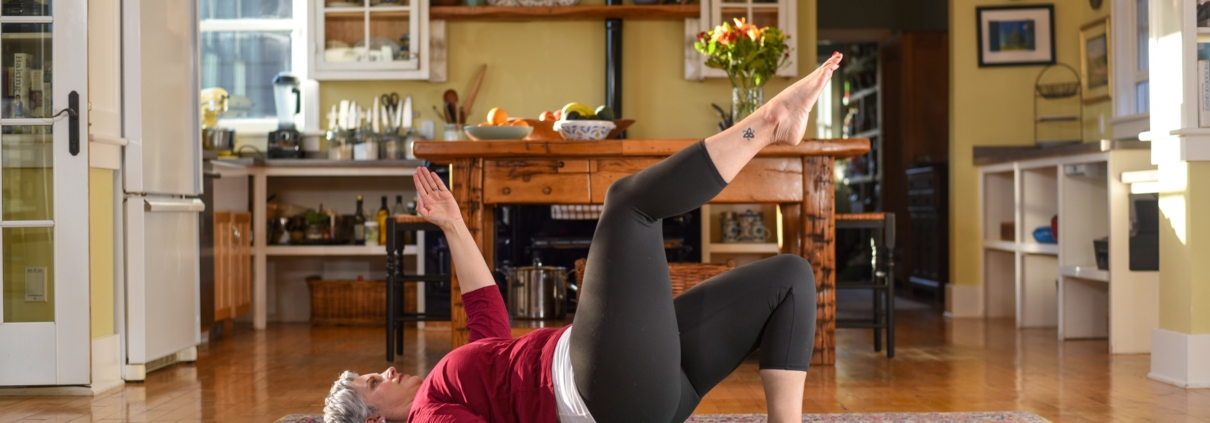
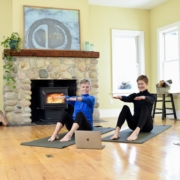
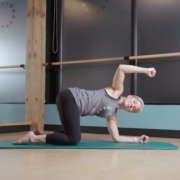
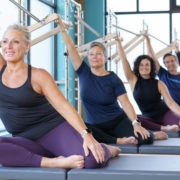
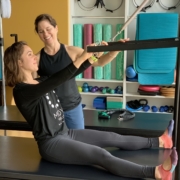
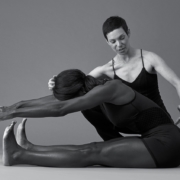
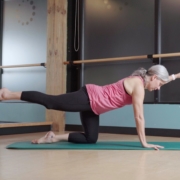


Leave a Reply
Want to join the discussion?Feel free to contribute!